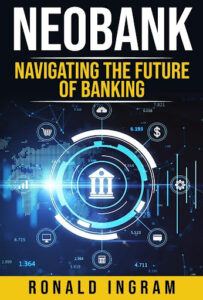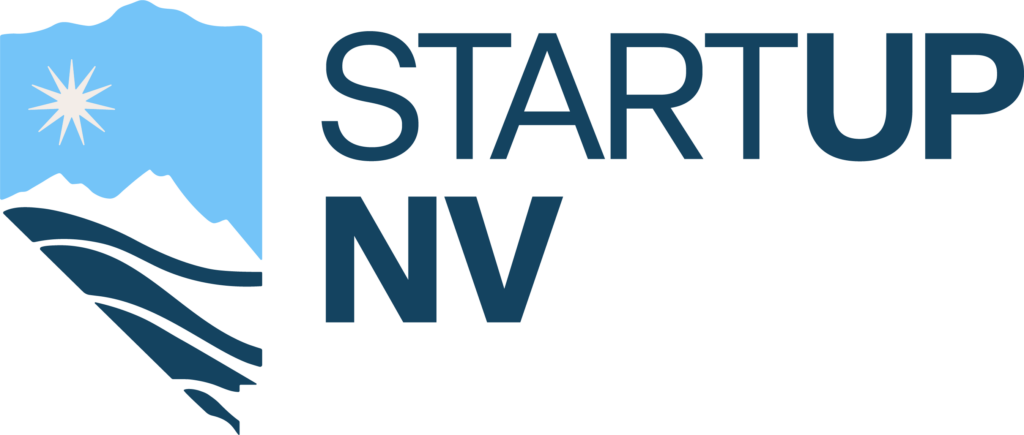Introduction
Team building inspired by self-organizing systems in nature, like ant colonies, can foster innovative and harmonious collaboration in start-up teams. Just as natural systems autonomously organize for efficiency, empowering team members to self-organize and make collective decisions based on their strengths enhances creativity and adaptability.
Individual and team innovation complement each other, with introverted thought leaders like Susan Cain and J.K. Rowling showcasing the power of introspection in driving groundbreaking ideas.
Team building and innovation are essential for startups’ success in the rapidly evolving entrepreneurial landscape. Effective team building lays the foundation for a strong organizational culture, supporting innovation and aligning the workforce with the company’s mission. Balancing individual strengths with collaborative dynamics ensures a holistic approach to progress and creativity, enhancing the ever-evolving landscape of innovation and team building in today’s competitive business world.
Out of the Box: My Creative Process as a Founder, Biohacker and Artist
As a founder, innovator, creator, inventor, and artist I delve into my process of unleashing creativity beyond conventional limits. I have formulated this methodology into a simple but deep process that I summarize formulaically as A+I+A = manifestation. This is a formula for individual ideation appropriate for founders, thought leaders, visionaries, and creators. This process sets the stage for “out-of-the-box” ideation.
- Opening the Portal: Initiating a connection from the subconscious to the conscious by adopting the perspective of a beginner (the Beginner’s Mind) and suspending the conventions of consensus reality. Then, through meditation and focused attention, accessing creative states of consciousness.
- AI Integration: Welcoming the era of AI collaboration to enhance creativity and ideation, enabling innovators to thrive in this dynamic age of creation.
- Anthem, Image, Action (AIA): Engaging with the morphogenetic field to receive images and anthems that spark readiness for unique actions, transcending traditional notions of creativity.
- Union of Yin and Yang or the Above and Below: Embracing diversity and honoring polarities and seeking unity of the conceptual left and right, above and below, divine and secular. Fostering a surge of innovative ideas while ensuring balanced manifestation into reality.
- Moonshot Exploration: Propelling towards conquering audacious death-defying, world-changing ideas and the quest for innovation and exploration drives creativity, amplifying through intricate alignment with separate but symbiotic living systems extending from the mitochondria the source of the life force in the body to impressions received and transmitted through quantum fields and received at the genetic level.
- Live Long and Prosper: Encouraging a continuous state of receptivity and amplification of creativity, I envision a future where individual, team, and community alignment and innovation lead to transformative impact and shared knowledge.
For the full presentation [https://youtu.be/XSpx2gi0-z4?si=-hpPgY0iCjoSA7Wo ]
A Proven Process for Establishing Core Values
My process was inspired by Zappos, a multi-billion-dollar online retailer known for its customer-centric culture. I learned and adapted their unique and engaging process to establish core values that set the stage for innovation and collaboration. I mirrored the following steps of their process which is the ultimate team-building exercise to unlock creativity in start-ups and modern companies of any size in any industry:
- Involvement of All Employees: Zappos engaged all employees, from top executives to frontline staff, in the core values creation process. This inclusive approach ensured that the values represented the collective beliefs and aspirations of the entire organization.
- Brainstorming Sessions: Employees participated in brainstorming sessions where they could freely suggest values that they believed were essential to Zappos’ culture and success. This open exchange of ideas fostered creativity and collaboration among team members.
- Voting and Consensus Building: After generating a list of potential core values, employees were given the opportunity to vote on the values they thought were most important and resonated with them. This democratic process helped prioritize values that were widely supported by the team.
- Refinement and Definition: The values that received the most votes were further refined and defined collaboratively. Employees discussed and clarified the meaning and relevance of each value to ensure a shared understanding across the organization.
- Integration into Company Culture: Once the core values were finalized, Zappos actively integrated them into various aspects of the company, including hiring, performance evaluations, and decision-making processes. The values became a central part of the organizational culture and guided behavior and decision-making at all levels.
- Continuous Evaluation and Evolution: Zappos recognized that core values should not remain static. Therefore, the company regularly evaluates the relevance and effectiveness of its values, soliciting feedback from employees and revisiting the values as needed to ensure alignment with the evolving needs of the organization.
By involving all employees in the process, emphasizing collaboration and consensus-building, and integrating the core values into the fabric of the organization, Zappos successfully established a set of core values that reflect its unique culture, drive employee engagement, and guide innovation and decision-making to create a positive and thriving work environment.
The Ingram Evaluation Matrix: A Risk/Opportunity Evaluation Model Summary
Innovation without manifestation is unfulfilled, and therefore empty. Chapter 12 of my book, *Neobank – Navigating the Future of Banking*, covers the linear analytical part of the innovation process that guides decision-making and governance. This chapter focuses on evaluating and prioritizing creative outputs, new products, and business ideas. The process is designed for individual founders, investors, and bankers, and is scalable for both startups and large organizations, including for-profit and non-profit entities, angels, and institutional investors. It can be applied for in-depth due diligence or quick reviews. The chapter emphasizes the importance of risk mitigation over complete risk elimination when evaluating financial products, whether for individuals or large organizations. Scaling the principle of risk mitigation is crucial, with a model that focuses on financial impact and risk applicable across a wide range of stakeholders.

About the Book: https://usinsider.com/revolutionize-banking-and-health-with-kiron-ais-neobank/
- Strategy/Strategic Fit: Strategy encompasses plans, goals, means for accomplishment, and tactics, reflecting desired outcomes and the journey. Strategies evolve and adapt as decisions deviate, impacted by the dimensions of Financial Impact, Feasibility, and Risk.
- Financial Impact: Vital to survival, financial impact is a foundational resource influencing thought, innovation, and function. Decisions prioritize immediate needs over potential future gains, aligning with strategic fit and survival before passion.
- Feasibility: Concerned with practical enterprise aspects, feasibility evaluates resources and expertise alignment for ventures, advocating following one’s passion and accepting risks to step into the unknown with inspired vision given commensurate rewards.
- Risk: Fear of risk exists at various levels, requiring mitigation rather than elimination. Risks span regulatory, legal, compliance, reputational, and economic factors, necessitating constant reassessment and adaptation in response to evolving circumstances.
The chapter also touches on character assessment methods, highlighting the Five Cs of Credit used by investment bankers.
Use Case: Putting Jack Back Into the Box
Truly scalable and enduring principles are observable in nature. This is what inspires my vision of innovation and creation within a community called a “start-up” or any other living entity, organism, or organization. I was intrigued and inspired by Tony Hsieh and his team when I moved to Vegas and Tony’s attempts to incorporate concepts of self-organizing complex systems into the fabric of his corporate Zappos culture. One perennial artifact of his organization was its core values. At first, I thought I would just take their brilliant core values and adopt them for my own startups but after talking with his key lieutenants I realized that the journey or the process was as important, if not more, important as the final output.
Our core value team building method went like this…
- I sent a brief email to all staff (18 at the time) asking them to write in narrative or bullet form in as much or as little detail as they wanted to express their personal values, hopes, dreams, and aspirations not only in work but in life in general. I told them this was the first step in what would provide the foundation for our culture going forward and that everyone’s input was equally valuable. There was no agenda or right or wrong answer. The only requirement was participation.
- Next, I gathered all the responses into one long anonymized indexed document and set half a day aside to review as a team with the entire team.
- I handed out the document on paper for all participants an hour or two before the meeting, enough time for everyone to read and think through it.
- We held a meeting. I facilitated and we whittled the list down to about a dozen unique items. We were all a little surprised to see the extent of consensus and overlap in values. With brainstorming, debate, and discussion we found 100% consensus around a list of 10 core values that encompassed everything that everyone wanted. Everyone was heard and bought in. This buy-in established goodwill and an immeasurable surge in initiative, innovation, responsibility, and commitment to corporate goals and set the tone for the culture going forward.
The original core values agreed to were as follows:
- Dare to dream and be inspired – because opening our minds to possibilities is the first step towards realization.
- Think like a customer – what would “wow” you in any situation? Try to do that.
- Take responsibility for what is – we take initiative and find solutions; we think like owners.
- Embrace and drive growth and learning – we move forward to embrace positive change.
- Preserve and protect integrity – we provide safety and security for our people, systems, and customers.
- Edify and emulate excellence with passion and determination – we seek the best and when we find it, we feed it, celebrate it, and emulate it.
- Determine needs before solutions – we listen, evaluate, and prioritize before acting.
- Build a positive team and family spirit with communication.
- Take time to rest, play, and recharge – we make time to play.
- Be real – even if it is a little bit weird.
Wrapping Up: Team Building and Innovation for Start-Ups
The master key to unlocking innovation within the organization is collective, unanimous agreement on the journey and the destination. With this established, everyone finds their natural role within the organization vacancies and gaps reveal themselves and the solutions follow relatively naturally. The next step after ideation is creation and manifestation which requires rigorous and vigorous action. Core values will keep the team engaged through this part of the start-up journey, feeding the seeds of ideation so that they may take root and begin the cycle of robust sustainable growth.
In the realm of innovation, individual creativity, and team collaboration serve as distinct yet complementary forces driving progress. While team innovation thrives on diverse ideas and collective expertise, individual innovation offers a unique perspective shaped by personal insights and introspection. Introverted thought leaders like Susan Cain and J.K. Rowling exemplify the power of solitary reflection in sparking groundbreaking ideas. Their ability to honor individual strengths and delve into quiet contemplation showcases the depth and authenticity that individual innovation brings. Balancing both individual introspection and team dynamics ensures a holistic approach to creativity, appreciating the richness that each avenue contributes to advancing innovation and fostering transformative growth.
Written by Ronald Ingram

I am a multidisciplinary innovator, artist and entrepreneur with over 25 years of experience innovating and creating. As the Executive Chairman of Maxwell State Bank, I lead teams of experts in delivering state-of-the-art financial services, private banking, and financial wellness education to businesses and consumers. I also founded multiple fintechs and neobanks that leverage artificial intelligence, cybersecurity, and web 3 technologies to create and disrupt markets.


